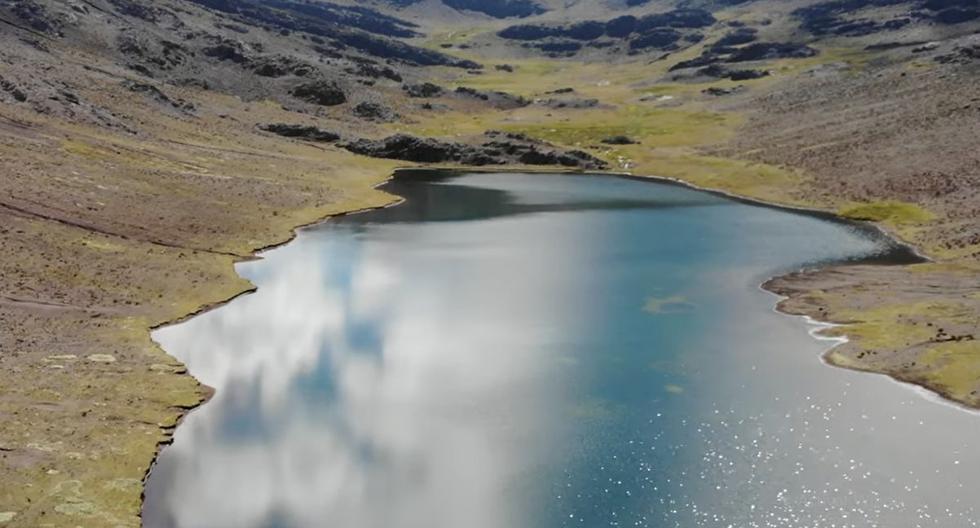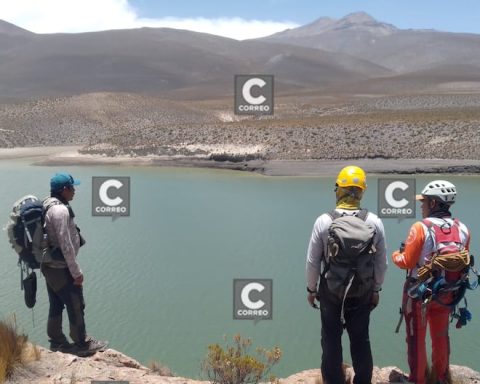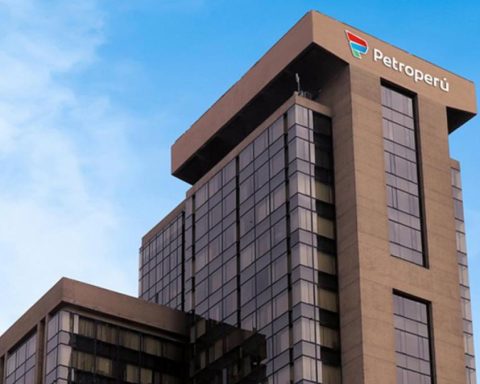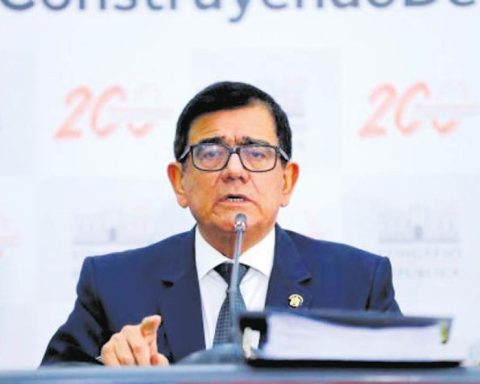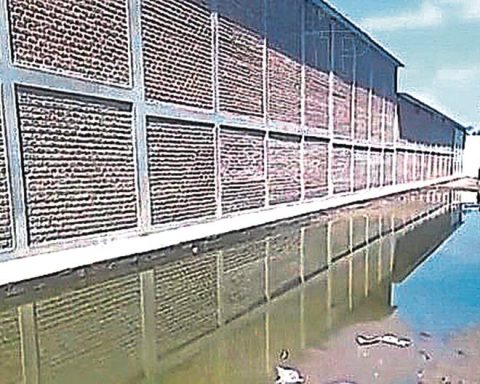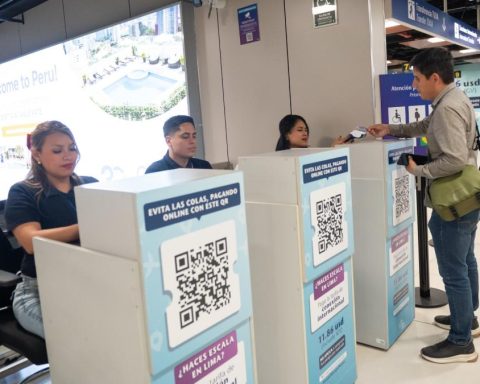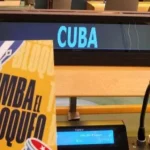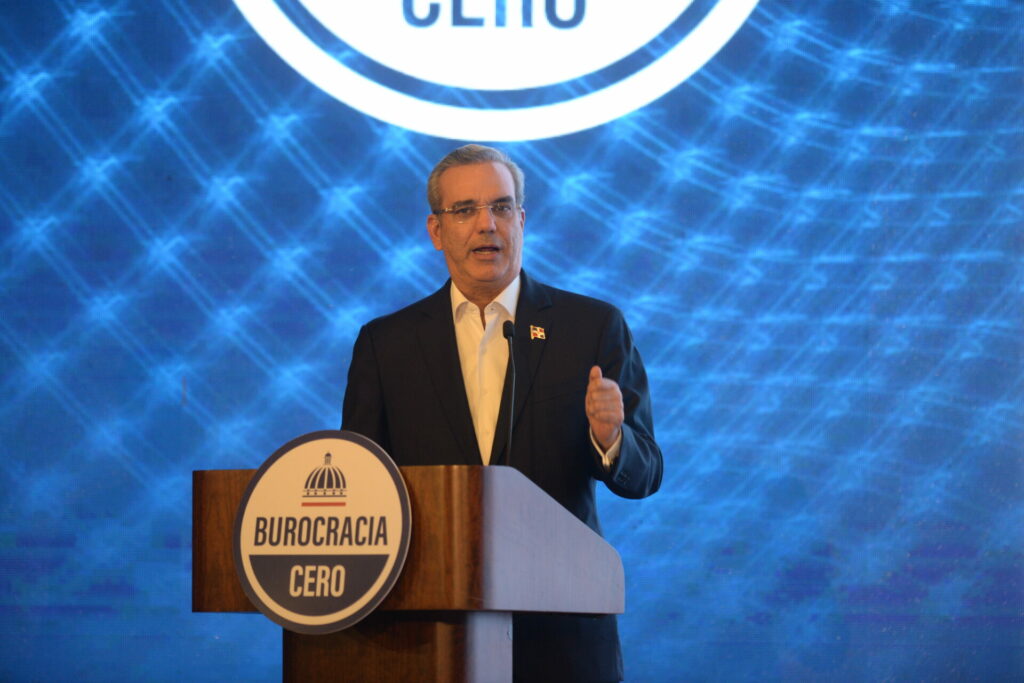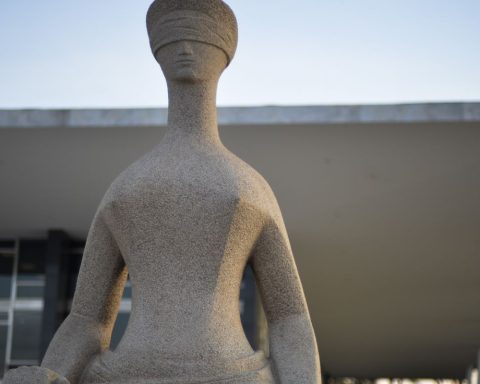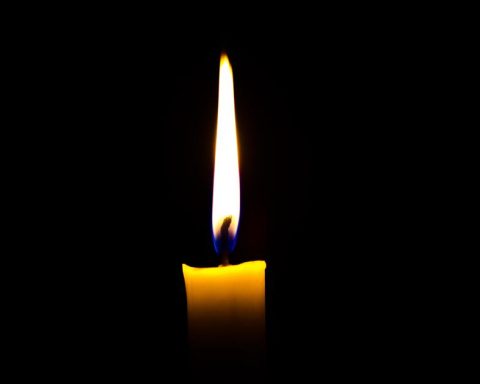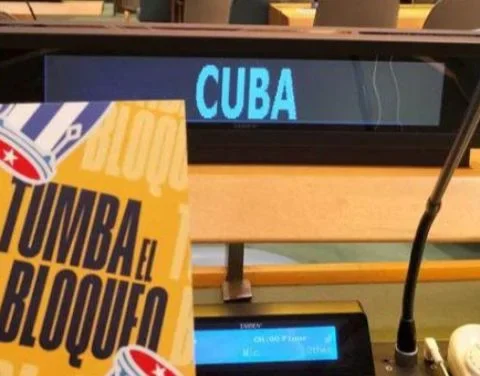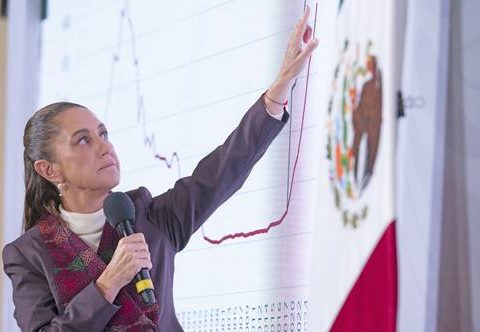The fight against climate change is already being waged in the high Andean areas of Lima. In the province of Huarochirí, peasant communities are in the first line of defense to protect the water sources that feed the city of Lima.
They are the men and women who, with ancestral practices, keep the water sources active that allow water to reach more than 11 million inhabitants of Lima, a city in the middle of the desert.
This daily struggle, which is transmitted from generation to generation in the high Andean communities of Huarochirí, is what is revealed by the new documentary “Guardians and Guardians of Water” that premiered nationwide on October 4.
“The intention has been to show the intense relationship between water and the Andean cultures of Lima. It is important to know that for us to have water in Lima there are a series of communities at more than 3,000 meters above sea level that work to keep the water sources active so that the water continues to emerge and flow,” explained Andrés Malatesta, director and producer of the documentary film.
The documentary on the sowing and harvesting of water is the result of the efforts of the Provincial Municipality of Huarochirí, Cáritas, and the Natural Infrastructure for Water Security project led by Forest Trends, which has the support and financing of USAID and the Government of Canada in order to help ensure the availability of water for the present and future of our country.
Roundtable
After the screening, a debate was held on the documentary through a round table in which leaders from the communities of San Pedro de Casta, Laros and San Damián, the protagonists of the documentary, participated.
“Climate change is affecting us all. We cannot ignore ourselves and say: ‘I live happily and I have nothing to do with it’, because if we do not take care of nature, the environment and especially water, we are most likely going to perish (…) It costs us work, sacrifice to sow water so that all of Lima can benefit”, said Eufronio Bishop Rojas of San Pedro de Casta.
“We want you to support us because the water that comes from the heights of the basins is what gives life to the city, because if there is no water there is nothing, and we are the ones who take care of it, we sacrifice ourselves day by day, we make our champería in summer and winter, getting up early to maintain our amunas and platforms that ensure water for the entire city of Lima”, declared Rosa Ríos Melchor, president of the Huascache Irrigation Canal, in San Damián.
RECOMMENDED VIDEO
:quality(75)/cdn.jwplayer.com/v2/media/TpwCtvpV/poster.jpg)
